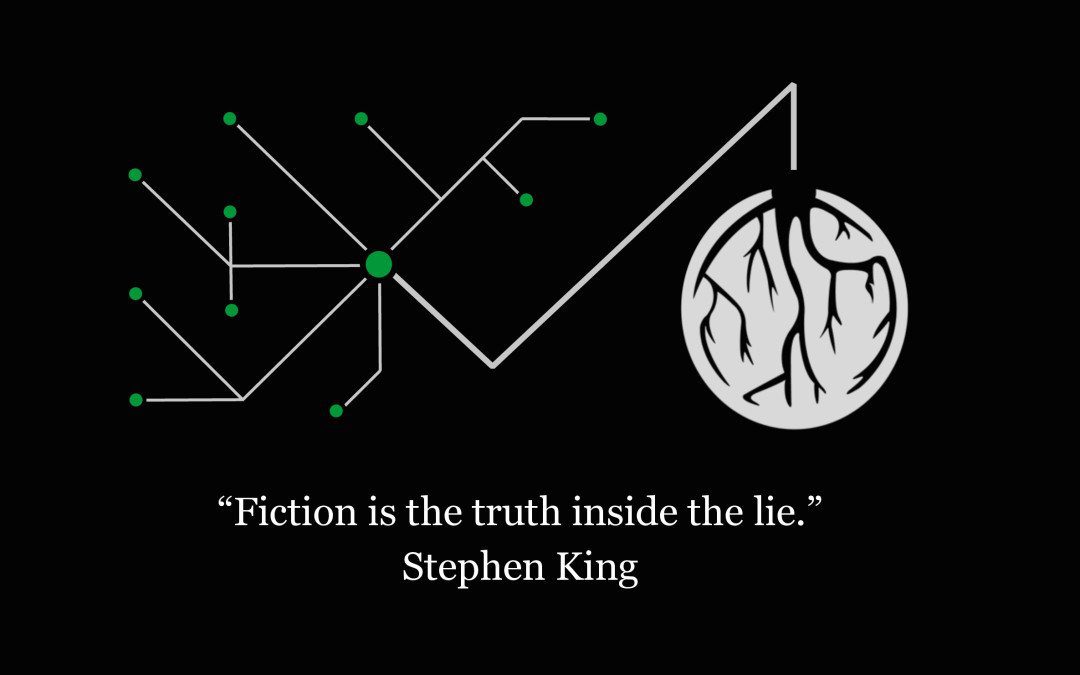I rejoiced the first time story structure exposed itself.
Easy there.
The year was 2001. The place was San Diego, California. The mood was one of hope and dreams. I sat in my apartment having just finished Syd Field’s Screenplay.
I wanted to write my first big story, and Screenplay gave me a dose of structured hope to begin my writing odyssey.
With a pen in hand and binder on my lap, I attempted to brainstorm a big story. Maybe thirty minutes passed before I set down the pen, closed the binder, and gave up.
The task overwhelmed me.
I didn’t believe I was talented enough to conquer a big story. My lack of faith put my writing dreams to sleep for over 8.5 years… or 3,000+ days… or 70,000+ hours… or 4+ million minutes.
Jump to the winter of 2009 in Sacramento, California where James Scott Bell flashed new hope.
He exposed the Big Lie that I had fed myself in San Diego. In Plot & Structure, James Scott Bell declared he wasted ten years of his writing life because he was told writers were born. He heard writers either had the natural gift of storytelling or they didn’t.
That’s the Big Lie.
Plot & Structure re-opened a door to my writing dreams. It revealed my potential was not determined by destiny or fate. This wasn’t a game of flipping coins or rolling dice. So I replaced the Big Lie with the truth.
The truth was that storytelling can be learned.
The truth propelled me to keep writing, reading and learning the craft. The truth led to the launch of Story & Craft. The truth will result in my current novel being published this year. Really though, James Scott Bell is the perfect example of a writer accepting the truth. He’s now published 10+ novels and 10+ non-fiction books teaching writers about the craft.
Are you open to rejecting the Big Lie and accepting the truth?
If so, you can start today by considering how you’re going to close the gap to publication… the fastest way possible. I suggest you continue to absorb storytelling’s building blocks that support every successful story. In my previous article, I relayed how it all starts in the Story Heart, and your Setting is the first of four branches rooted in every Story Heart.
Setting is the backdrop that your story takes place.
- Backdrop = Geography (place), time, weather, mood, culture, etc
Setting often becomes another character because it affects your readers and your primary characters.
It’s the fictional landscape your reader must touch, see, smell, taste and hear without ever questioning its lack of reality. Even if your novel occurs in a real city, you must take your reader on a tour that escapes them from reality. The other side of that is placing your reader in a world that doesn’t exist. An example would be the Setting from The Maze Runner:
- Time: Post-Apocalyptic Future
- Place: The Glade, a meadow several hundreds yards wide in any direction, surrounded by mammoth walls that open to a seemingly endless Maze.
- Weather: Eerily perfect
- Mood: Evaporating hope
- The Glade provides a Setting that affects its characters (mentally and physically) and raises questions that drive the plotline.
Another example would be Middle-earth from The Hobbit and The Lord of the Rings. Middle-earth’s geography, terrain, weather, political climate and more affected, challenged and shaped its characters for hundreds of pages. Detailed maps and full tutorials of Middle-earth’s expansive Setting can be found online. It’s truly become its own character.
It takes a master to craft a Setting like Middle-earth so be careful not to overproduce yours.
Ever read a novel where you find the author spending a full one, two or (yikes) three pages going on about the leaves blowing in the wind? Or how the sun created rainbows with colors you couldn’t imagine? Bottom line, make sure your Setting has character, but remember that no one likes a forced Setting.
- Answer these questions to focus the Setting you’re creating in your story.
- When and where does you story take place?
- How does your Setting affect your characters?
P.S. I don’t know James Scott Bell in any way whatsoever. However, his book helped me reach this point in my writing life. I recommend you check out his books, starting with Plot & Structure. His words may forever change your mindset.
P.S. 2.0. The Story Heart will continue to be detailed in the next three articles so make sure you’re Subscribed.
All subscribers receive THE STORYTELLING BLUEPRINT, an illustrative e-book, that helps you:
- Focus Your Creativity
- Jumpstart Your Plot
- Design a Story that Connects with Readers

